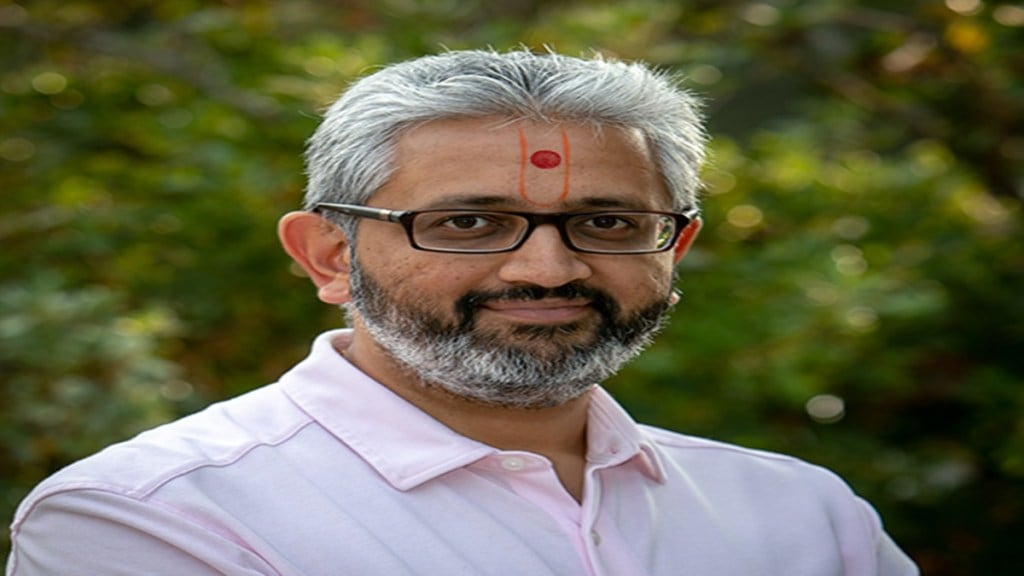No one would think of LinkedIn as a “massive AI engine”. But that is exactly what LinkedIn’s senior vice-president of engineering Mohak Shroff believes the platform is.
“LinkedIn was founded as this platform that connects talent to opportunity at a massive scale. That’s something any platform can do, but when the words ‘at massive scale’ come in, that implies AI, because you can’t do anything at a massive scale with rules, and you can’t do anything at massive scale manually… you have to apply AI. So LinkedIn, for most of its history, if not all of its history, is essentially this AI-powered matching engine,” Shroff explained on the Our Own Devices podcast that went live this week.
“And as we match people to opportunity, we connect you to what you need most. If you look at our product at its fundamental core, it is a hyper-personalised experience to connect you to the opportunity you need when you log in, the feed you see is the things you need to know most, the people you see when you see your recommendation, the people to connect to, are the people we believe create the greatest opportunity for you.
“We recommend jobs to you because those are the jobs that are most relevant to you. We recommend candidates to people searching for jobs, searching for people to hire. We recommend leads to people looking to sell things. And all that LinkedIn is essentially is this massive AI engine,” he elaborated.
Shroff, who has been with the company for over 17 years, said as the world transitions to the modern era of GenAI and agentic AI, LinkedIn looked at it from this exact lens: “How are we going to use it to connect people to opportunity? Because, in the end, the thing that we still want to make sure happens is the constellation of things we use to make ourselves more productive and successful. We want to make sure that this tool is something that ultimately creates economic opportunity for you.”
In Shroff’s books, agentic AI offers an ability for all of us to offload the stuff we don’t want to do so that we can “do the things we love, the things that we are best at”. He added: “It is very clear in my mind that when a problem exists at that scale, every person on Earth could benefit from having stuff that they don’t want to do, taken off from their plate. When you take that perspective, it is a problem of such scale prominence and importance. Agents will exist to help us with that.”
And the approach to agents is not a straightjacket one. “Foundationally, we should provide you the ability to decide what parts of these tasks you offload to an agent and what things you keep for yourself, rather than applying our opinion to say, these are the things that you must give up,” Shroff explained about how LinkedIn worked on its first agent, the LinkedIn hiring assistant.
Shroff, who passed out of the University of Texas at Austin in 2000, suggests everyone building agents should have a similar approach. “Don’t just build an agent because you can build it but because there’s a problem to solve… there’s a task that people don’t want to do, and you want to take it away from them. When you do that, you create economic opportunity.”
He visualises a world with multiple AI agents working for you.
“All of us will have many agents in every aspect of our life. You’ll have a LinkedIn agent. You’ll have an agent that does something with your calendar. You’ll have an agent that does something with your email… All these things need to work together, and so what you have on top of them is a digital chief of staff, a supervising agent.”
For this to happen, he says, a lot of infrastructure has to be built.
“So we have to build coordination and orchestration, when to trigger the agent, when to when to launch it. Because, as you know, these AIs aren’t cheap to run, so having them run 24/7 just massively increases the cost of operation, which ultimately turns into a cost that has to sit on top of the person using it. So the more efficient we can make it, the better.”
This is why LinkedIn is “building highly distilled models, much smaller, cheaper models to run that are super effective at narrow tasks”. “I’ll take a very interesting design pattern that has become, I think, kind of bleeding edge now, which is, you have the agent and you have a critic. And as the agent does work, the critic criticises the work… explains to it why it should or shouldn’t.”








